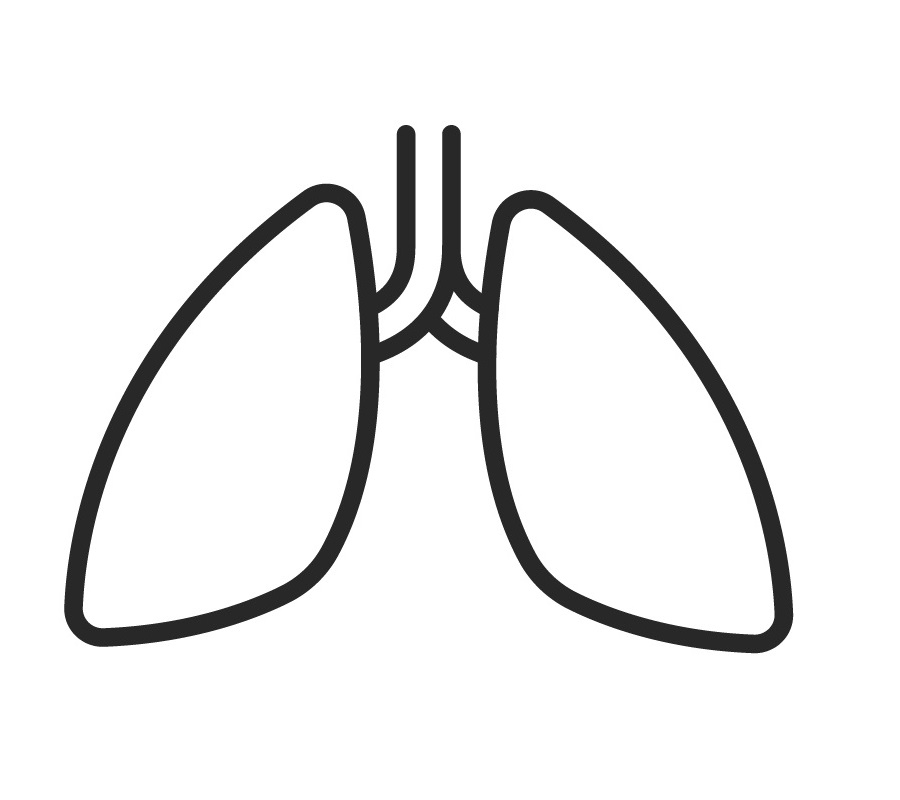The WorkSafe website will be unavailable on Tuesday 16 September from 12pm–5pm due to planned maintenance.
Our other online services, including the online services portal(external link) and Energy Safety portal(external link), will remain available.
To notify us of an injury, illness or incident at work, visit our online services portal(external link). For urgent notifications, please call us on 0800 030 040. For general or non-urgent enquiries, email us at info@worksafe.govt.nz.
This is the first of two toolbox talks to raise awareness of the health risks from welding and some of the controls to manage them.
This talk can be delivered in the workplace as part of a team meeting, training session or induction. It could be led by a health and safety representative, supervisor or manager.
| Attendance record | |
|---|---|
| Site: | |
| Date: | |
| Supervisor: | |
| Attendees: | |
Health effects from welding
![[image] Warning sign showing two crossed bones and skull with text saying danger, toxic fumes](/assets/Topic/Welding/welding-toolbox1-health-effects-hero.png)
- Welding produces toxic fumes and gases.
- Some welding processes are more hazardous than others.
- Some welding fumes and gases make you sick straight away. Others gradually damage your lungs over a period of years.
- Welding also produces ultraviolet and infrared radiation that can cause eye damage. It can also burn your skin (similar to sunburn), long-term exposure can increase your risk of skin cancer.
Short-term health effects

- Acute bronchitis is a condition where the tubes that carry air to the lungs are inflamed and irritated.
- Occupational asthma is associated with exposure to welding fumes.
- Gases and particles in welding fumes can cause irritation of the airways such as dryness of the throat, tickling, coughing or a tight chest. The effects tend to be short term.
- Metal fume fever has symptoms similar to the flu, it is linked to welding and hot work on galvanised metals.
Long-term health effects
![[Image] Woman holding inhalator over man's mouth in hospital environment](/assets/Topic/Welding/welding-toolbox1-health-effects-long-term.png)
- Chronic obstructive pulmonary disease (COPD) causes permanent lung damage and will affect your quality of life for many years.
- Welding fume has been classified as a known human carcinogen
- Pneumoconiosis is scarring of the lungs and inflammation. Symptoms include a dry cough and shortness of breath.
Health monitoring
![[Image] Device connected via cable to laptop](/assets/Topic/Welding/welding-toolbox1-health-effects-laptop.png)
- Health monitoring checks that your health is not being affected by your work. Lung function tests are used to detect lung disease.
- A lung function test is performed by a competent person for example an occupational health nurse.
- Like other health information the results of health monitoring are kept confidential
Download:
Last updated